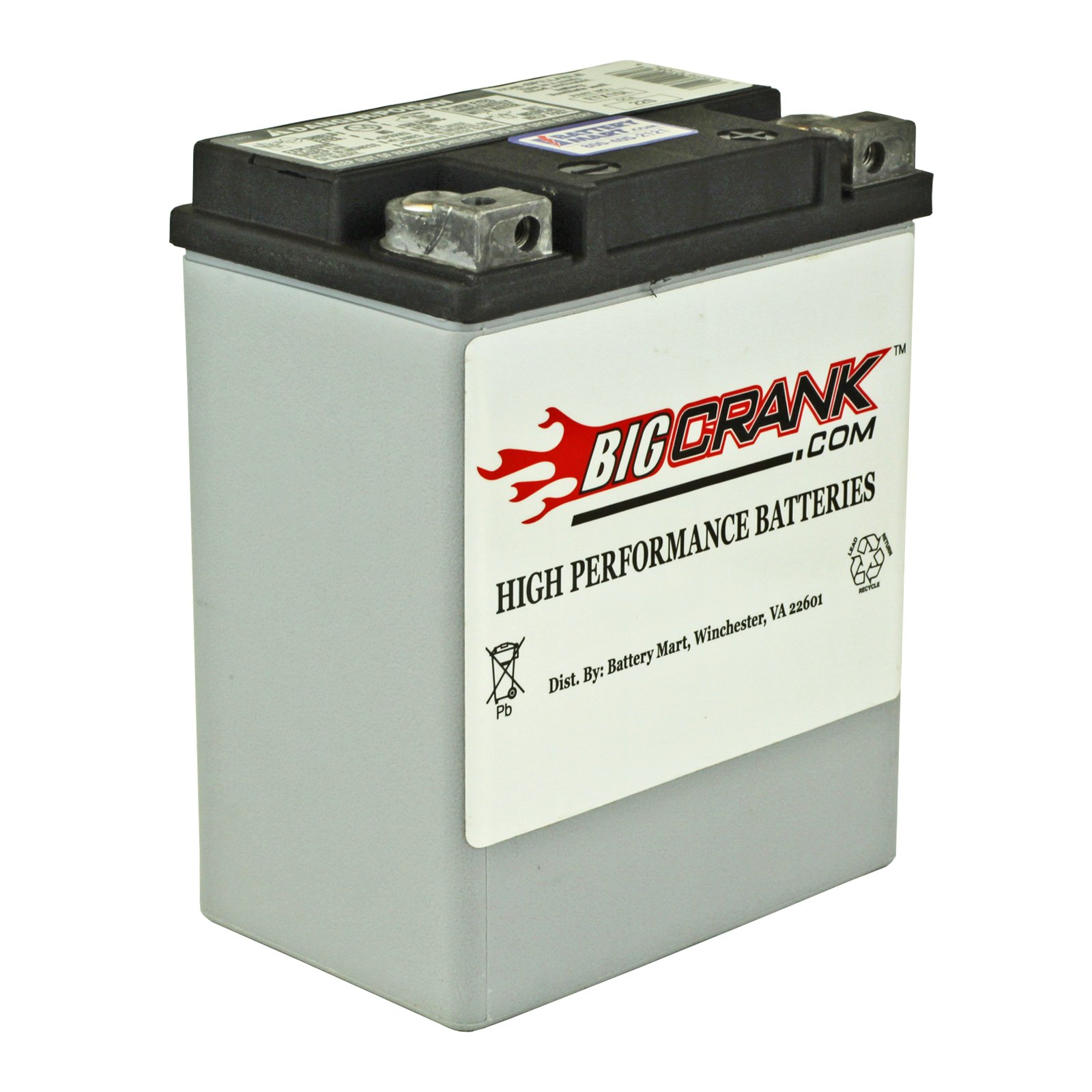My first post to the technical forum after brailnlessly posting in the top forum!
I got my GS1100 GL about six weeks ago and racked up about 1700 miles so far. Previous owner put a brand new sealed battery in the bike before he sold it to me and he said he always kept it on a Battery Tender because he rode only once every couple weeks.
I've got charging problems I have ignored and kept at bay with external charging every night with a .75 Amp "Battery Tender brand and in the last week moved up to using a 2/10-Amp charger (seemed the tender just didn't top it off but probably more to do with battery condition/bike charging system).
In any event, I think I've burned up the battery through all the external daily charging. What I'm getting at is I think the battery cannot be trusted to be used for troubleshooting the charging system using the GSR troubleshooting flow chart.
With that in mind, what type of battery should I get going forward, sealed or unsealed? Which battery is best for using for testing the system, and would become the permanent battery once I am confident my charging system is not killing my battery!
Thanks for any advice and let me know if you have other questions.
-Bob
.png)








.png)
Comment